
Recognizing Plant Physiology authors: Dagmar van Dusschoten
Dagmar van Dusschoten, first author of Spatially resolved root water uptake determination using a precise soil water sensor
Current Position: Head of plant MRI laboratory at IBG-2, Plant Sciences, Forschungszentrum Jülich
Education: Molecular Sciences at Wageningen Agricultural University and…
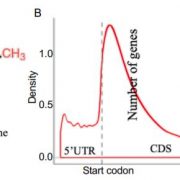
Dynamic N1-methyladenosine in plant messenger RNA
Wei Zhang
ORCID: 0000-0002-5092-643X
Department of Plant Pathology, Kansas State University, 1712 Claflin Road, Throckmorton Hall, Manhattan, KS, 66506, USA
weizhang17@ksu.edu
Deposition of different chemical groups onto RNA generates diverse RNA modifications. All types of prokaryotic and…
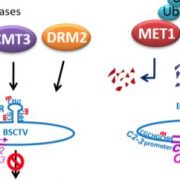
The Great Escape: How a Plant DNA Virus Hijacks an Imprinted Host Gene to Avoid Silencing
Plant viruses are a major threat to global food security. The large family of geminiviruses has a broad pathogenic impact on economically important crops such as maize, tomato, and cassava and causes millions of tons of losses per year worldwide (Rojas et al., 2005). Geminiviruses possess a circular…

Recognizing Plant Physiology authors: Amith R. Devireddy
Amith R. Devireddy, first author of Phytochrome B is required for systemic stomatal responses and ROS signaling during light stress
Current Position: Postdoctoral Fellow, Bond Life Science Center, University of Missouri, Columbia, Missouri, USA
Education: Ph.D. Plant, Insect and Microbial Sciences,…
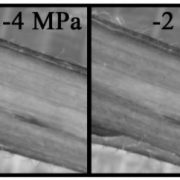
Stem diameter fluctuations provide a new window into plant water status and function
Author: Robert Skelton
rskelton@saeon.ac.za
Affiliation: South African Environmental Observation Network, Private Bag X7, Claremont, 7735, South Africa
Knowledge of the spatio-temporal dynamics of water storage in plant stems is fundamental to understanding plant physiological function under…
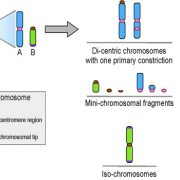
How do Chromosomes Evolve via Unstable Intermediates?
Yalin Liu, Handong Su, Jing Zhang, et al. explore centromere birth and death by inducing rearrangements via pollen irradiation in maize. Plant Cell https://doi.org/10.1105/tpc.20.00389
Background: The centromere is one of the most important components of chromosomes. Every normal chromosome has one…

More Than Just a FAD(5): Unsaturated Fatty Acids in Chloroplasts Elicit Protective Autoimmunity
Arabidopsis (Arabidopsis thaliana) chloroplast-division mutants that have abnormally large chloroplasts have been around for quite some time, not only because they can be identified relatively easily through screening (Pyke & Leech 1991) and because their spectacular morphology sparks intrigue, but…
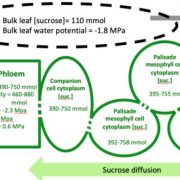
Gaining sugars while sweating, how do leaves regulate their osmolarity?
Guillaume Charrier
Université Clermont Auvergne, INRAE, PIAF, F-63000 Clermont-Ferrand, France.
guillaume.charrier@inrae.fr
Leaves are specialized for the photosynthetic assimilation of atmospheric carbon, but they also are responsible for the transpiration of water into the atmosphere, as…

Plant Metabolic Redox Dynamics–Live!
Steinbeck et al. investigate in vivo NAD redox dynamics in Arabidopsis. Plant Cell https://doi.org/10.1105/tpc.20.00241
By Janina Steinbeck and Markus Schwarzländer
Background: All organisms rely on their cellular metabolism to live, develop, grow, and procreate. Metabolism provides the energy,…

